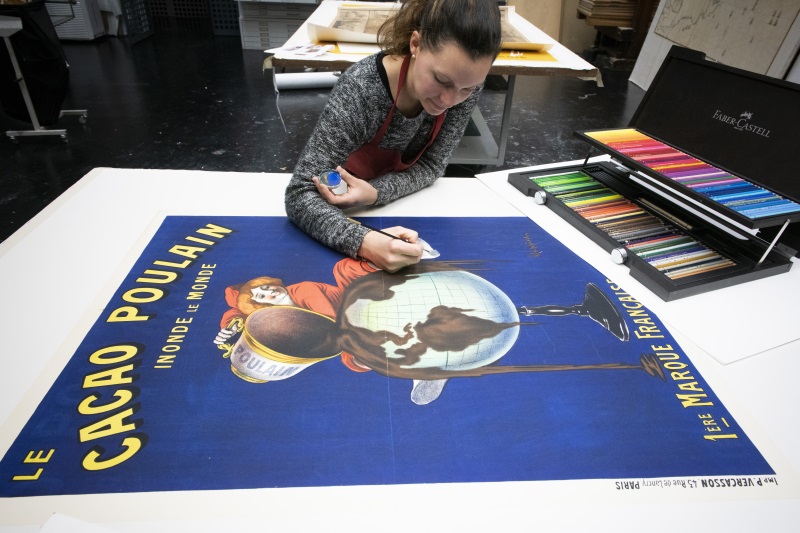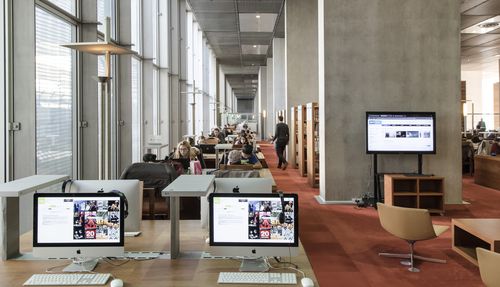The missions of the BnF
The missions of the BnF are to collect, preserve, enrich and make available the national documentary heritage, as stated in the decree of creation n°94-3 of January the 3rd, 1994.
Collecting, preserving and cataloguing collections
The legal deposit
The BnF has various possibilities to enrich its collections; the major one is the legal deposit established by François 1st in 1537.
Today, the legal deposit is governed by the Heritage Code (articles L131-1 to L133-1 and R131-1 to 133-1) which included the provisions relating to the DADVSI law of August 1st, 2006 creating the legal deposit of the Internet.
The legal deposit makes it possible to draw up the Bibliographie nationale française which registers all the documents listed above (except for the Internet), printed, published or disseminated in France.
Enrichment of collections
The BnF’s collections are also enriched thanks to acquisitions. A major part of the institution’s budget is dedicated to these acquisitions, either regular - mainly to work out a reference collection in the field of foreign works - or prestigious and heritage acquisitions for which sponsorship may be necessary.
Donations and bequests or more rarely, private deposits, also contribute to enriching the collections. Eventually, there are invaluable exchanges with other libraries.
The framework of our policy on enriching collections is formalised by the library charter.
Cataloguing
preserving collection
Over the centuries, the BnF has developed appropriate techniques for its preservation (both preventive and curative) mission: attention paid to the state of collections and protection of collections, environmental conditions of stacks… Several workshops appropriate to the various types of documents and preservation techniques and a laboratory are available at the BnF.
Making collections available to all
Digitizing collections to make them available to a wider public
Today, microfilming and above all, digitization programmes are set up to replace too much consulted originals by backup documents. As a result of this ambitious digitization policy, Gallica digital library is a useful way to allow wider access to collections. 3 000 readers go to the BnF’s reading rooms each day; and there are ten times as much persons who consult Gallica, its digital library.




